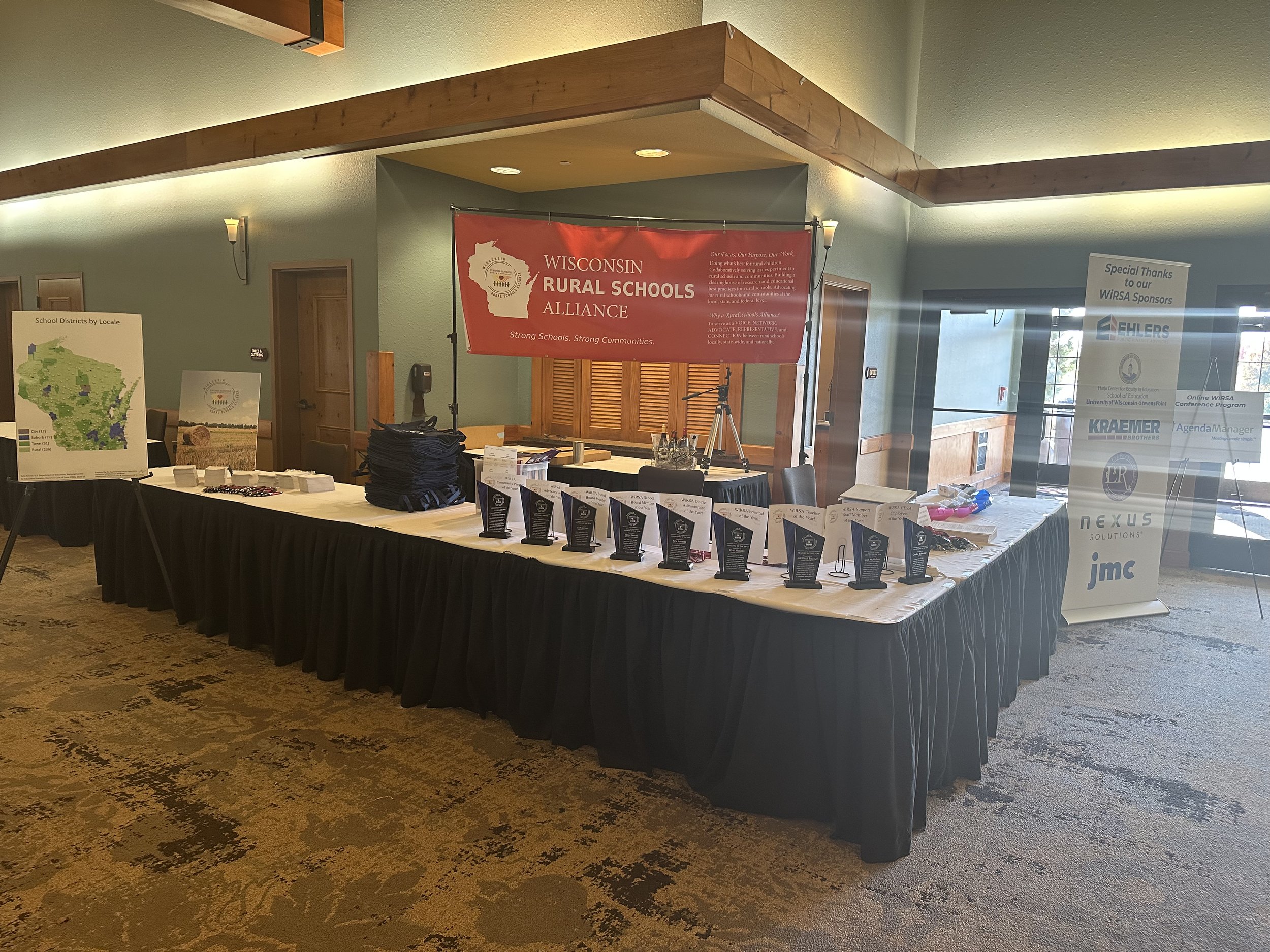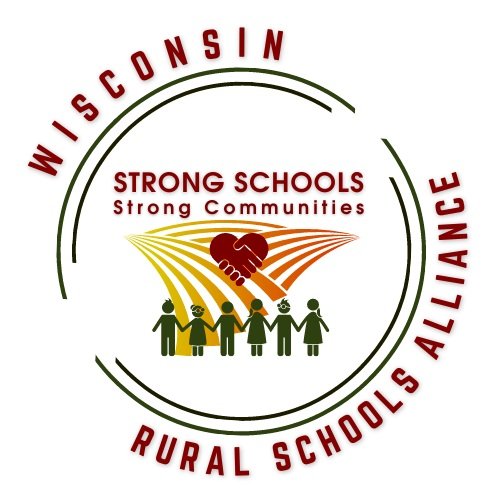
Sharing K-12 Teachers, Courses, and Educational Programming through Distance Education Partnerships
Breakout Session
Presentation Date: 10/30/2025
Presentation Time: 11:00 AM
Location: Harvest
Handouts
Presentation Slides
WADEN (Wisconsin Association of Distance Education Networks)
NWECS (Northern Wisconsin Educational Communications System) About US
ERVING NEWWORK Distance Learning
CESA 11 Distance Education Network
Education Technology - Teaching and Learning with Technology (CESA 10)
SRTNC Network Distance Learning (CESA 3)
Back to Breakouts
Description
Distance Education in Wisconsin started over 30 years ago to share high school courses between school districts through live closed-circuit television. Since then, technology has drastically changed, allowing flexibility to connect to classes through the Internet from individual devices. Educational opportunities include AP and dual credit options along with K-12 educational programming such as ACT Exam Prep, CDL Permit Prep, and virtual field trips. Learn about what Distance Education has to offer rural school districts that want to supplement their on-site classes or are struggling to hire teachers. Our live video conferencing classes continue to provide the connection to a classroom and teacher that some students need or prefer, while our asynchronous course options have increased to provide scheduling flexibility. We will discuss what Distance Education looks like today and highlight the five Distance Education networks/consortiums and three Technical College partners within the Wisconsin Association of Distance Education Networks (WADEN).
PRESENTER: Amanda Kostner - WADEN Chair, Director of the Northern WI Educational Communications System (NWECS) distance education consortium, and Distance Learning Specialist at Northwood Technical College
As the NWECS Director, Amanda assists rural school districts across Wisconsin to provide high school courses, college courses, and K-12 educational programming to their students through video conferencing and digital learning. Her role at Northwood Technical College includes coordinating college and Continuing Education course sections specifically for Distance Ed high school students.
PRESENTER: Jamie Kampf – WADEN Treasurer and CESA 10 Distance Learning Operations Manager
A graduate of a rural Wisconsin school district, Jamie has devoted her career to expanding opportunities for students in rural communities. At CESA 10, she supports more than 30 districts by coordinating distance learning networks, writing and implementing grants, and building partnerships with colleges and universities to provide access to courses through video conferencing. Jamie works to ensure rural students can access the same high-quality learning opportunities as their peers across the state.


